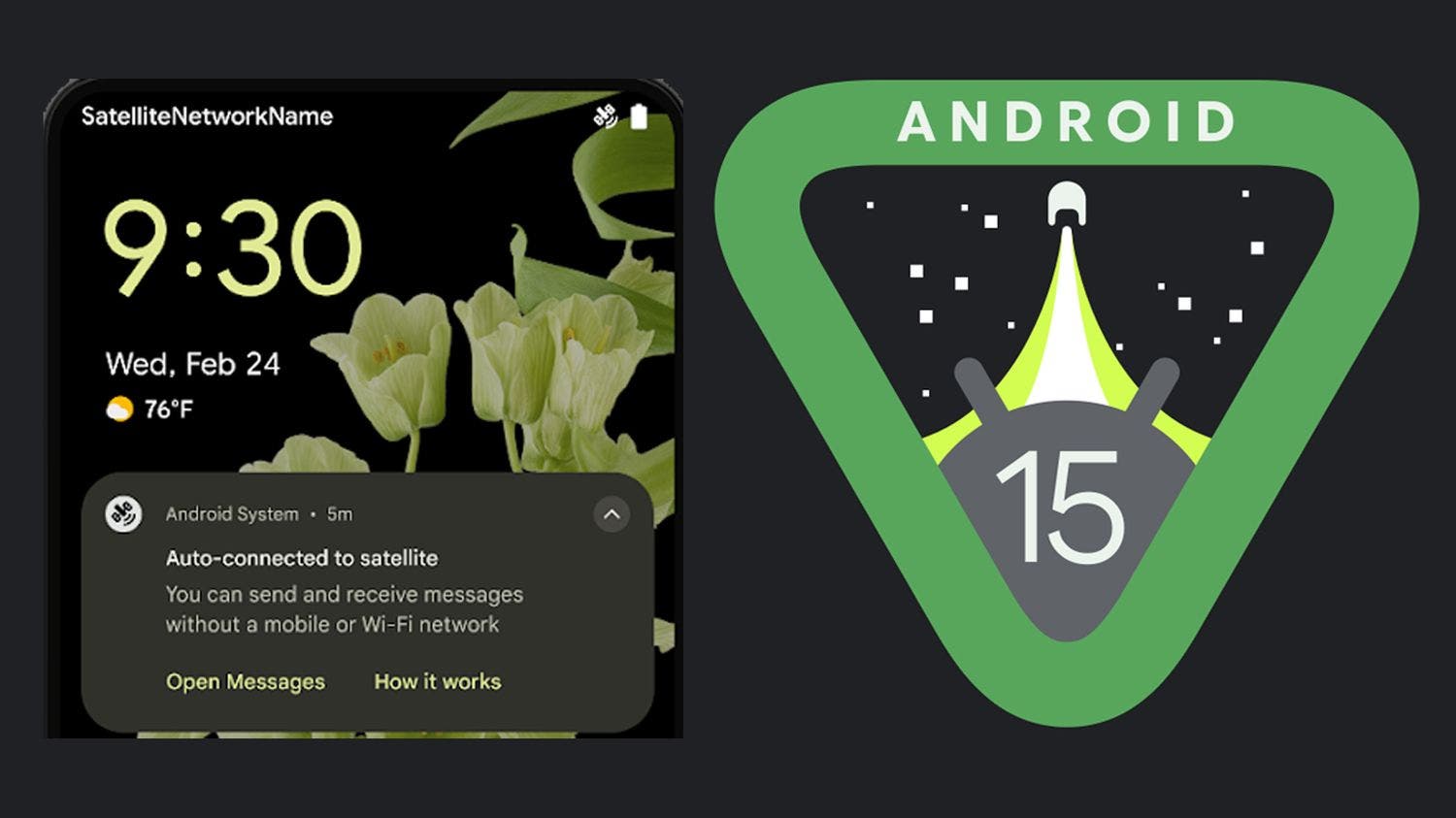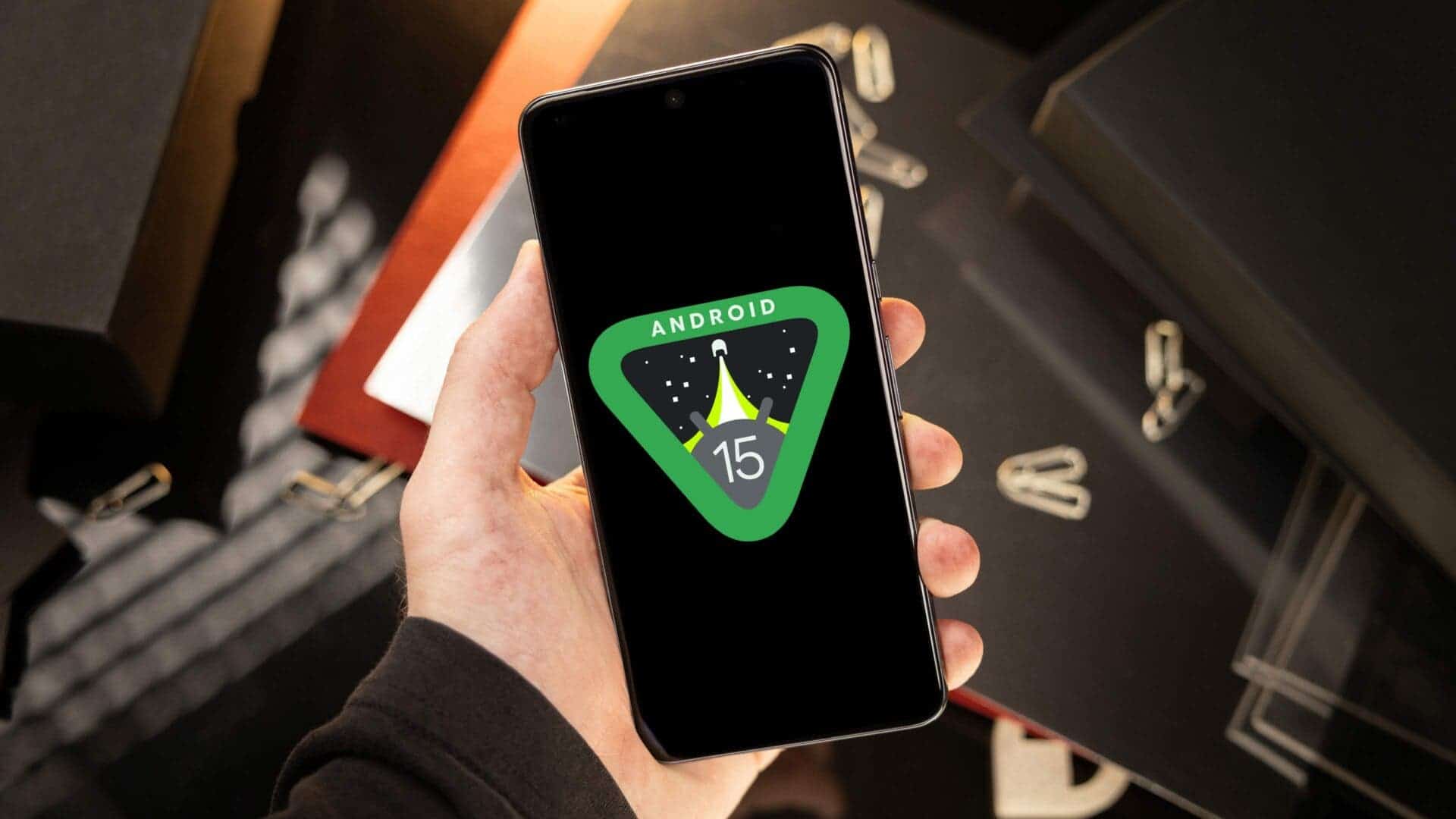The gap between Android and iPhone has narrowed significantly, with both operating systems and their devices offering similar features and experiences. While Google is often considered a follower rather than a leader in this space, it recently introduced a notable new feature that is actually coming to Android first, potentially in the near future.
Google is looking to align Android more closely with the iPhone as the two dominant smartphone platforms compete for users. In its ongoing efforts, Google is beefing up Android security, integrating WhatsApp calls into its phone dialer, and even including Apple loopholes in its wallet. With its latest update, Google not only matches an existing feature on the iPhone, but surpasses it significantly, unexpectedly ahead of Apple in this aspect.
Android 15 to provide SOS service
Forbes previously covered Google’s initiative to include an emergency satellite service as a new feature. The move will bring Android on par with the satellite SOS functionality that Apple has offered on its iPhone for several years. Google’s implementation appears to include a pre-built Garmin rescue service in its plan, which represents significant progress in ensuring the safety and security of its broad user base.
The problem with Apple’s Emergency SOS feature is its limited reach — it’s designed specifically for emergencies. For those of us who don’t climb mountains or sail oceans, it displays an SOS indicator on the screen when we’re out of coverage, but it’s a feature that many people never actually use.
With the recent release of the Android 15 Developer Preview, Google appears to be narrowing the divide by offering users the option to expand their cellular plans to include satellite add-on. In addition, mainstream messaging apps will be able to use this satellite network, effectively eliminating cellular black spots and preventing users from plunging into connectivity black holes.
Does satellite service work on Android 15 devices? 
Mishal Rahman noted that “Android 15 DP2 introduces certain UI elements to support a consistent user experience on devices with satellite connectivity support. The update also improves platform compatibility for satellite connectivity by introducing a new API that allows apps to identify when a device is connecting to a satellite. Additionally, Android 15 allows SMS/MMS/RCS apps to use satellite connectivity to send and receive messages.”
Gizchina News of the week
A significant development lies in the fact that some networks intend to include LEO satellite connectivity as a subscription option. This represents an advance from initial expectations when Google introduced the “Satellite SOS” feature prematurely on Pixel phones, positioned alongside car crash detection and Emergency SOS.
Apple’s satellite connectivity still has relative limitations. “With iPhone 14, iPhone 14 Pro, iPhone 15, or iPhone 15 Pro,” the description reads, “you can connect your iPhone to a satellite to text emergency services, request roadside assistance, and share your location with friends and family — all without cellular or Wi-Fi coverage.”
We were hoping that Android might take it a step further, with earlier beta code showing a satellite messaging option in collaboration with T-Mobile. The possibilities of what this could eventually lead to made headlines when Elon Musk announced that SpaceX had achieved download speeds of 17mbps to an unmodified Galaxy S21 Ultra.
How will satellite service work on Android 15? 
As reported by SamMobile after Samsung’s test, the device won’t need any special hardware to connect to a satellite. Therefore, even in areas without conventional cellular network coverage nearby, a smartphone can make or receive calls and messages by connecting directly to a satellite. Starlink is testing such a service and it looks like we could use it in the coming months.
This hints at a future where direct-to-phone satellite connectivity becomes more common and practical. So far, messaging integration is a big step forward. It seems confirmed that this feature is coming to Android 15, barring any major changes. As Android and the iPhone converge, this appears to be an example of Google taking the lead, with Apple likely to follow suit. This news comes shortly after the revelation that Gemini could be coming to the iPhone and amid Apple’s claims about a DOJ lawsuit potentially turning the iPhone into Android, making this a pretty eventful week.

